The Prince and Princess of Wales have won a privacy case against a French magazine after it published paparazzi photographs of them and their children on a private family ski holiday, Kensington Palace said.
William and Catherine launched legal…
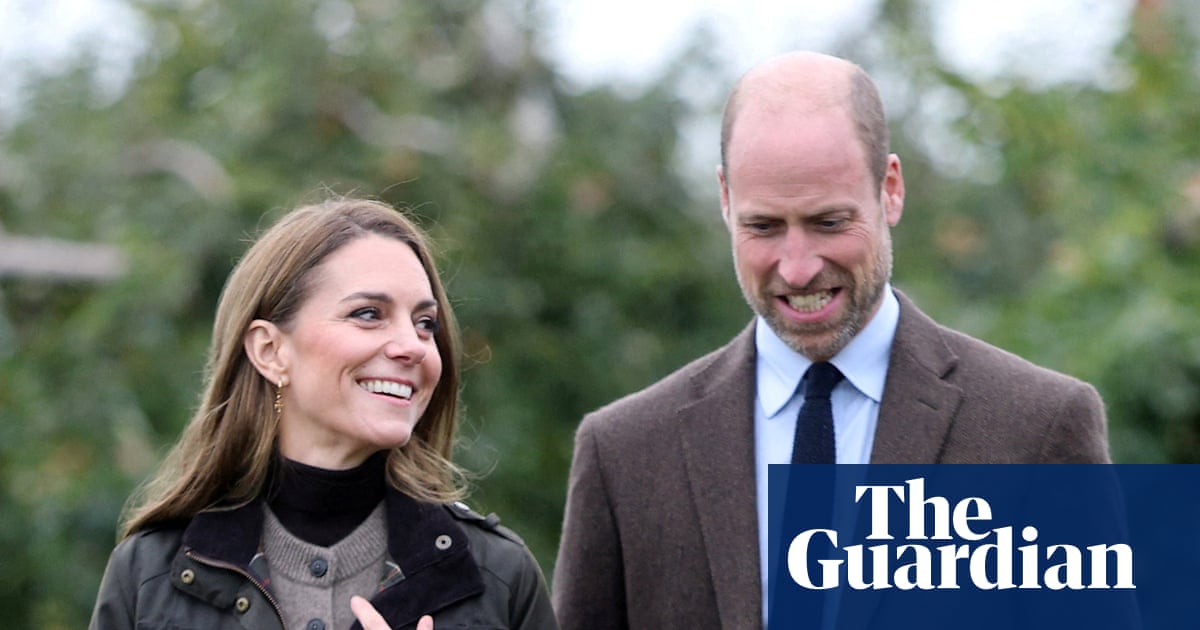
The Prince and Princess of Wales have won a privacy case against a French magazine after it published paparazzi photographs of them and their children on a private family ski holiday, Kensington Palace said.
William and Catherine launched legal…
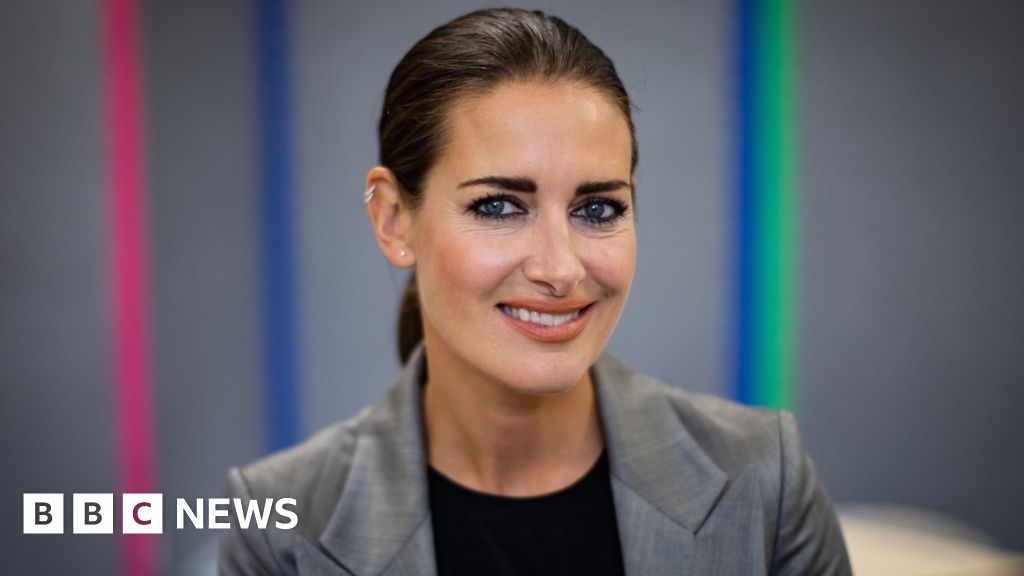
Broadcaster Kirsty Gallacher has said she was shocked and afraid after being attacked on the street in central London.
The former Sky Sports presenter told her nearly 400,000 Instagram followers that a man dressed “all in black” and “covered up”…
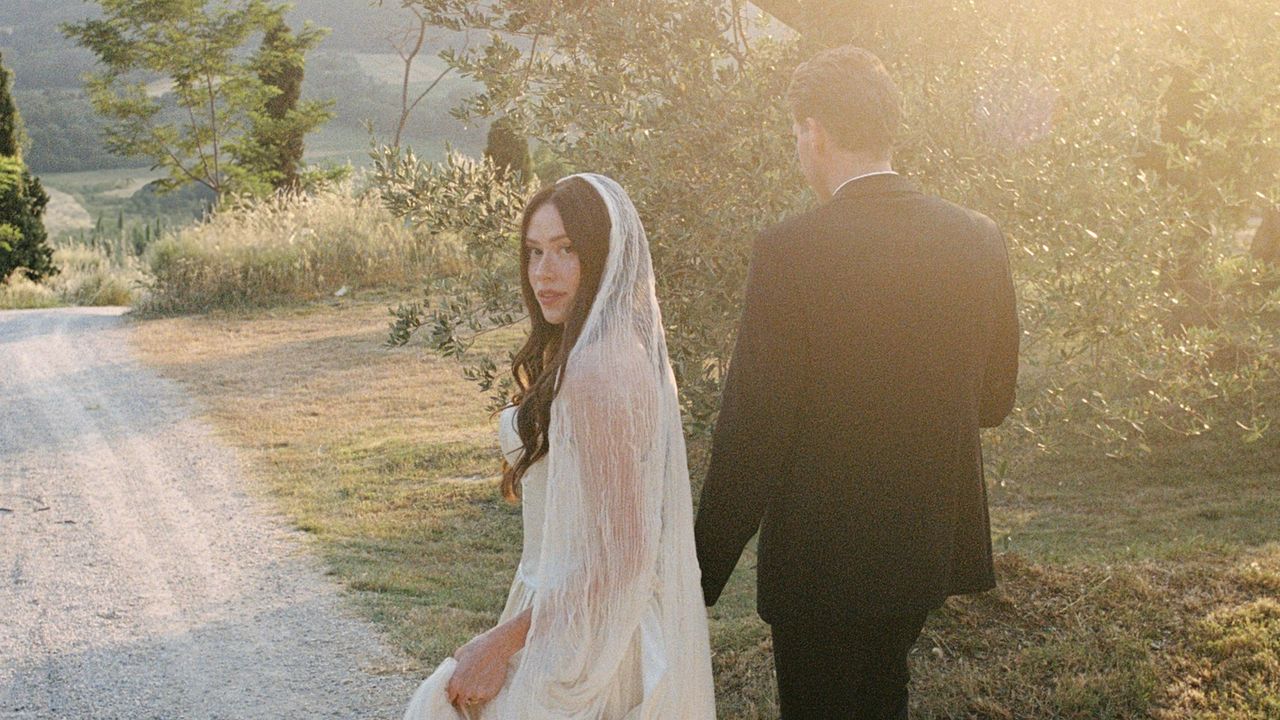
Long before their wedding in the golden hills of Umbria, music manager Camille Goldman and music producer and writer Tommy King had unknowingly crossed paths. “After we got engaged, I found a video of me as a fan walking toward the stage where…
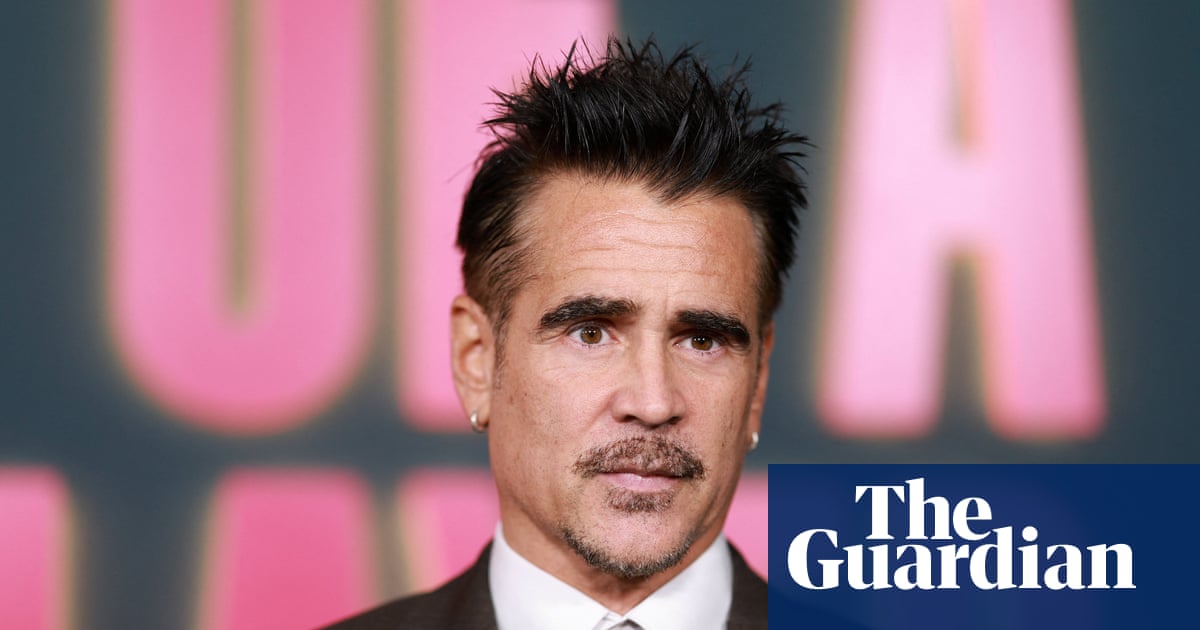
Colin Farrell has said that he once showed up so drunk to a film set he needed almost 50 takes to convincingly get through a line of dialogue, angering co-star Tom Cruise.
Speaking to Stephen Colbert on his late-night talk show, Farrell recalled…
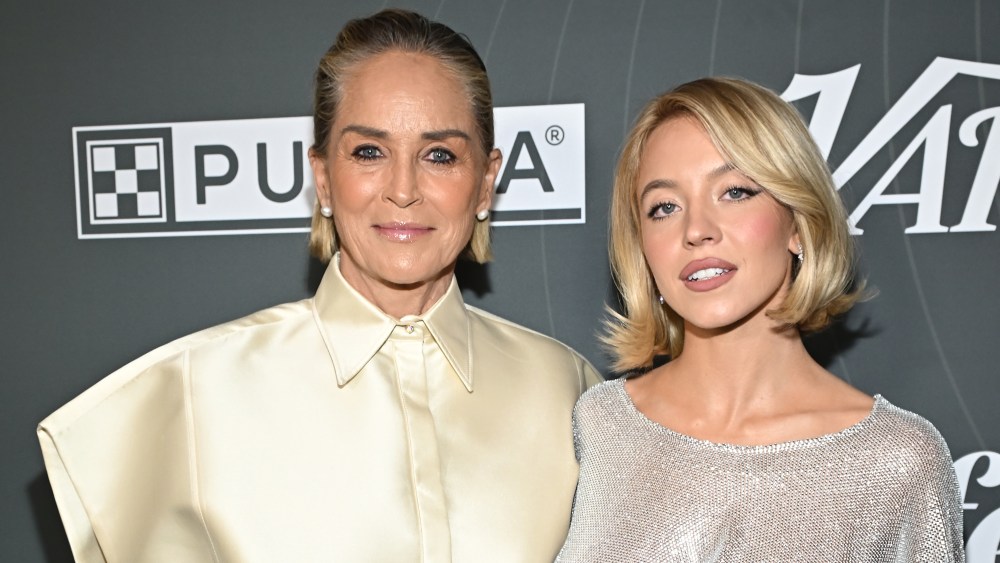
Sydney Sweeney, Kate Hudson, Jamie Lee Curtis, Wanda Sykes and Nicole Scherzinger walked the red carpet to pose for pics and talk to the media before being honored at Variety‘s Power of Women 2025, presented by Lifetime.
“I’m a…
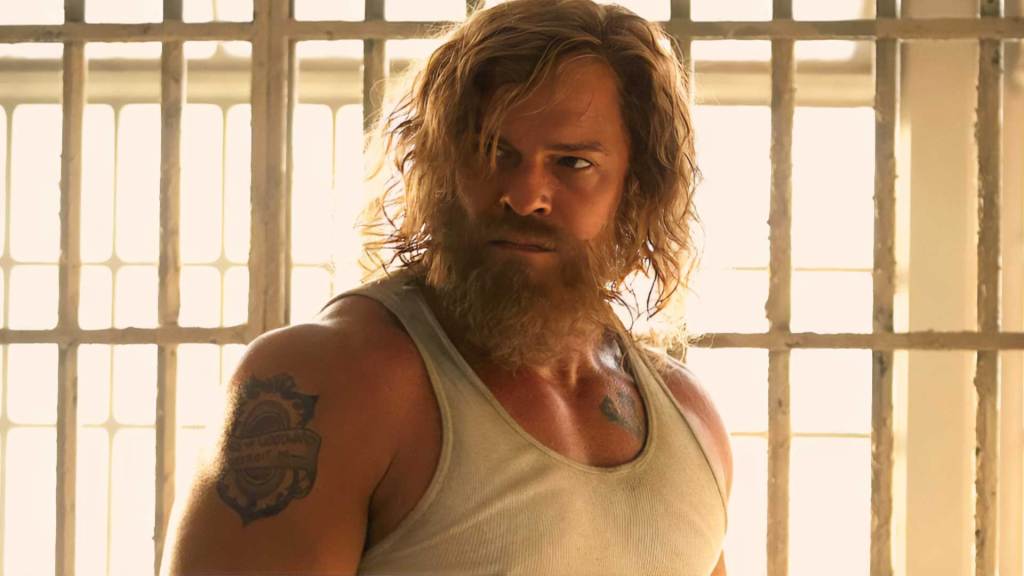
EXCLUSIVE: RLJE Films, the genre label within the IFC Entertainment Group, has acquired U.S. distribution rights to buzzed about Venice and Toronto pic Motor City, we can reveal.
The dialogue-free crime-revenge thriller with a…
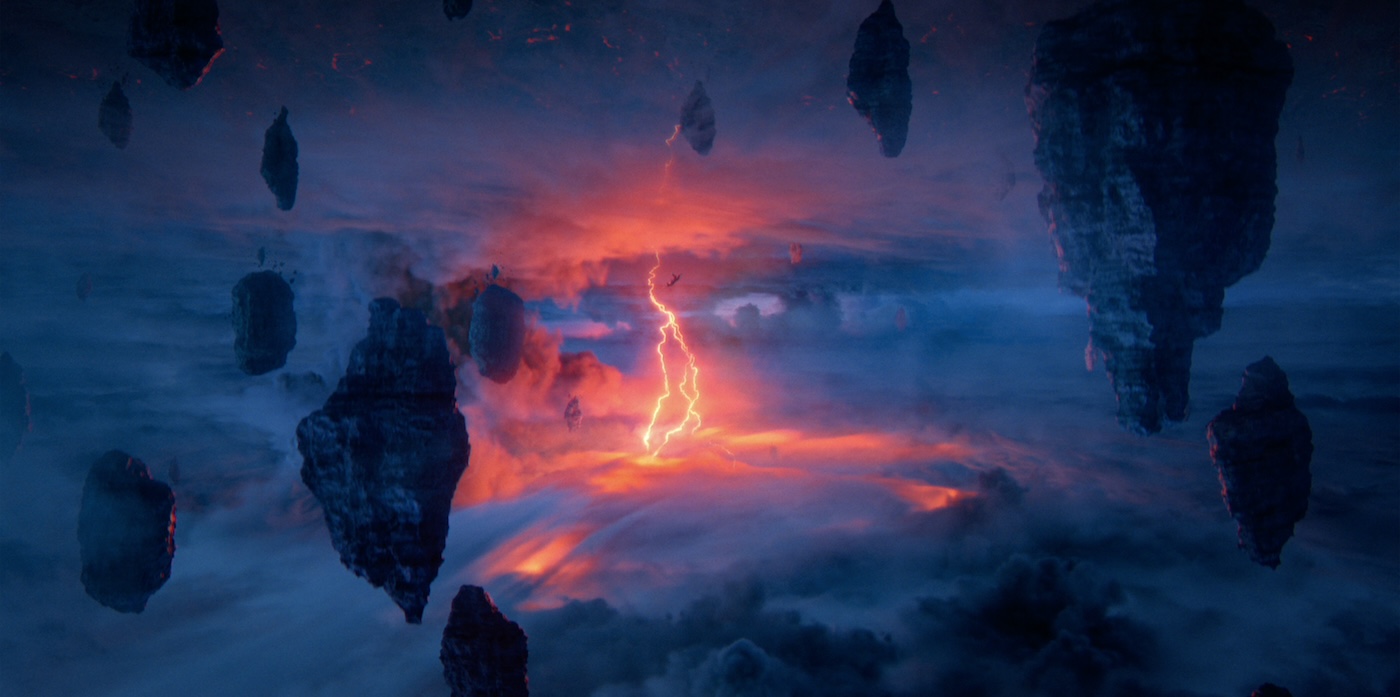
The official trailer for the 5th and final season of Stranger Things has arrived, opening with a shot of the seemingly immortal Vecna intoning We can begin. At nearly three minutes long, this is the…
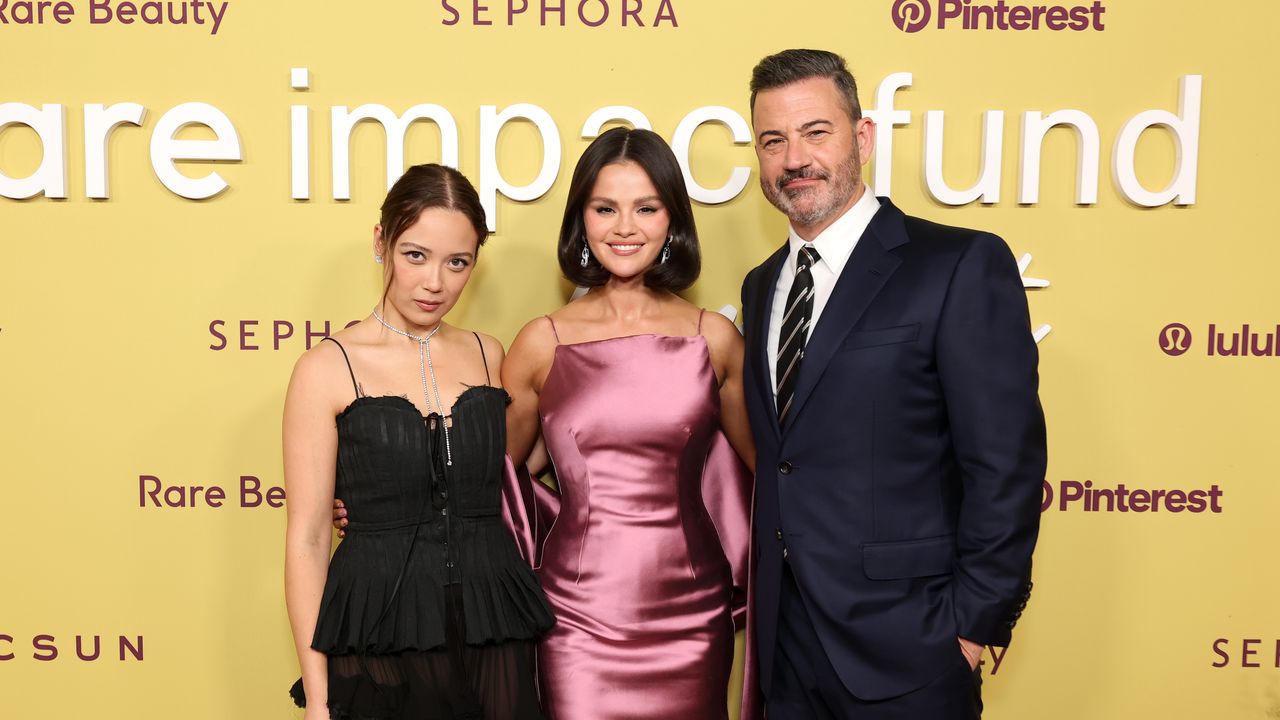
The Rare Impact Fund’s main mission is to mobilize $100 million for organizations to increase access to youth mental health services and education globally. Since its inception in 2020, the organization has raised over $20 million and awarded…

Are you ready to get “Stranger,” one last time?
The official trailer for the fifth and final season of Netflix’s juggernaut sci-fi/horror hit “Stranger Things” was released Oct. 30 and it promises an absolutely epic, and potentially heartbreaking,…
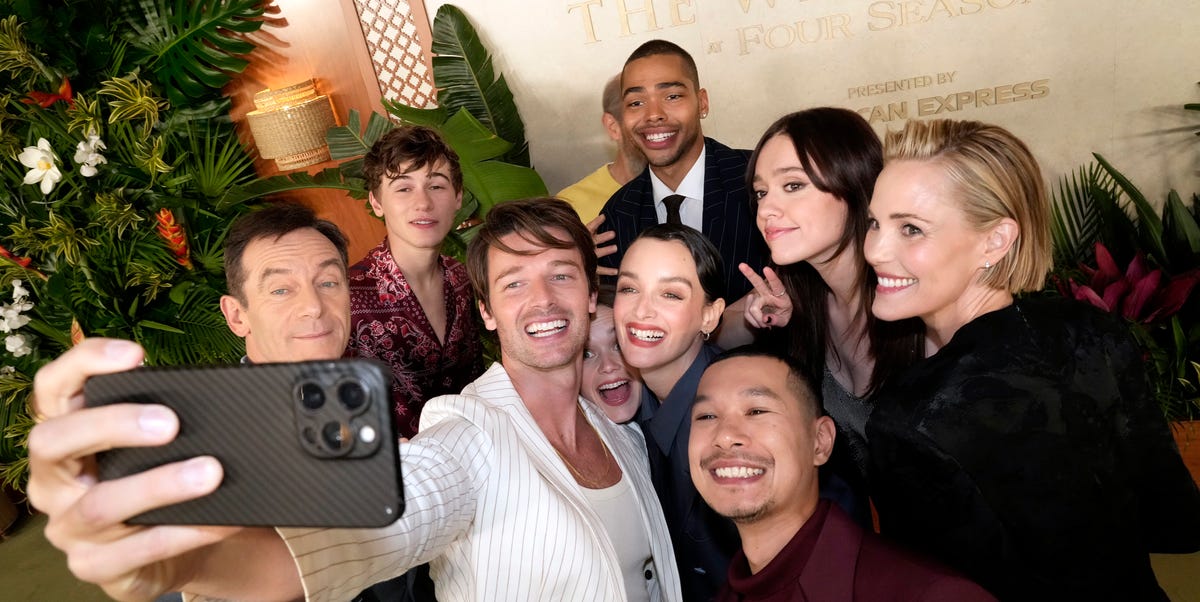
Even though it’s been months since The White Lotus‘ season finale, we are all still thinking about that dramatic ending, and wondering when we’ll again have the pleasure of spending our Sunday nights with Mike White’s critically acclaimed social…